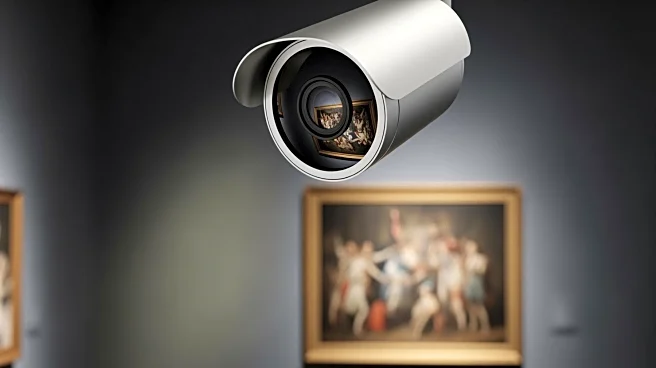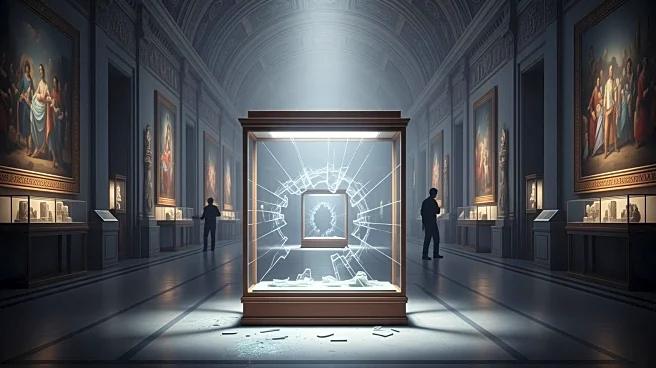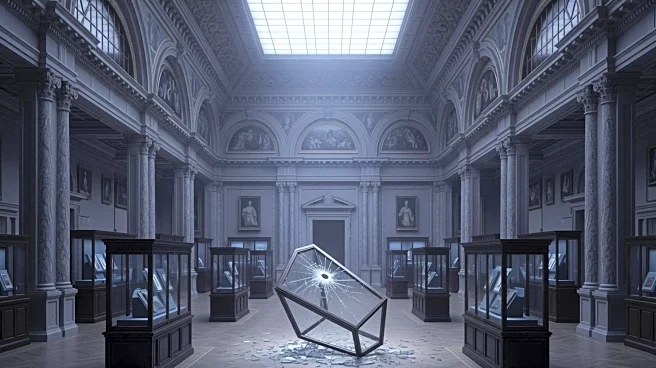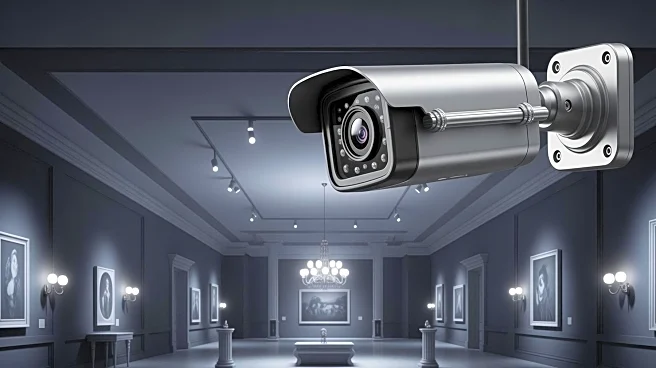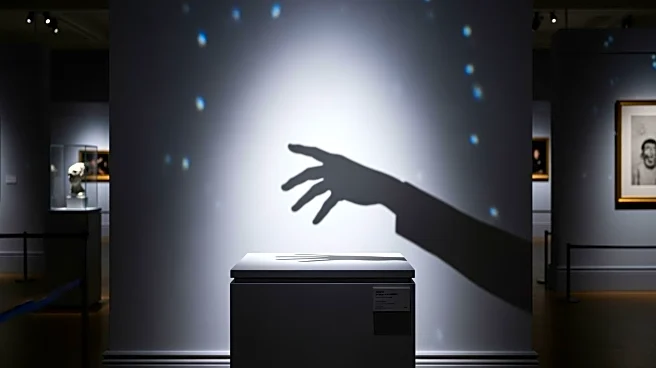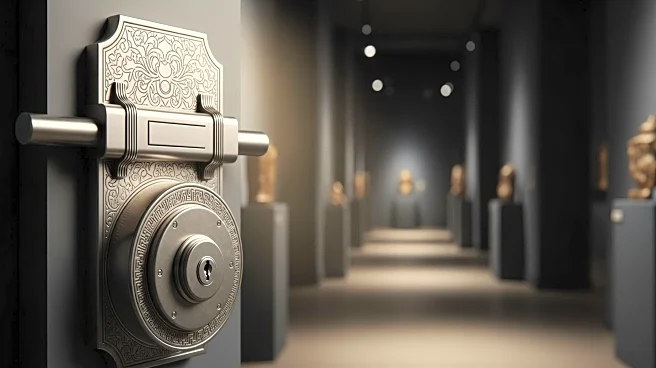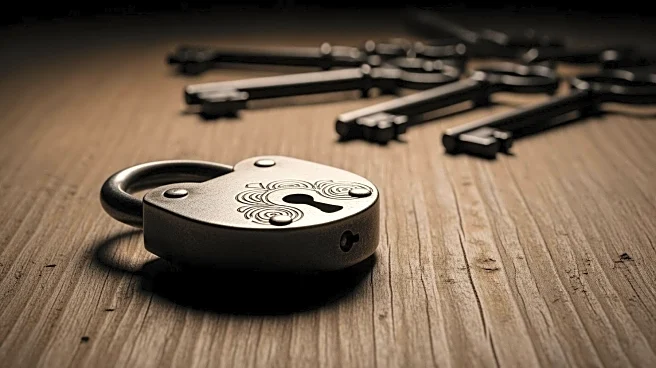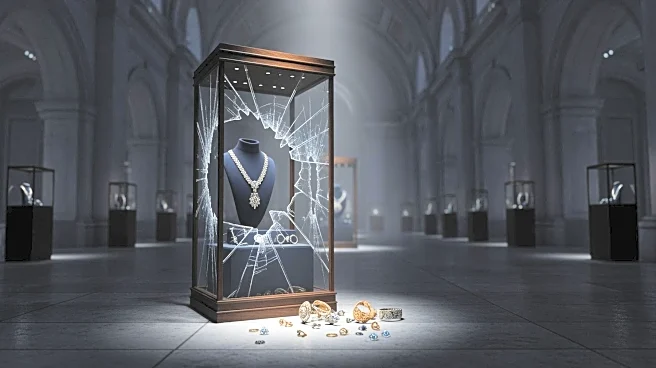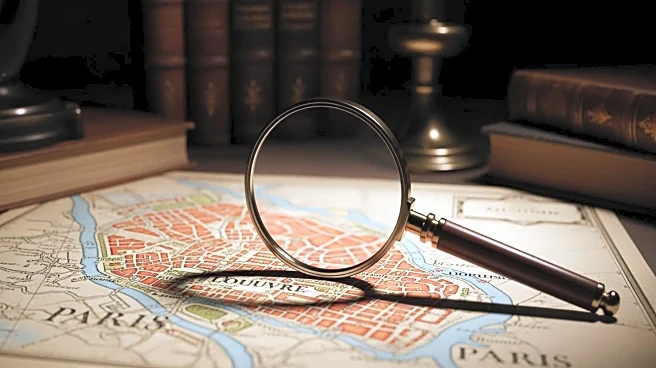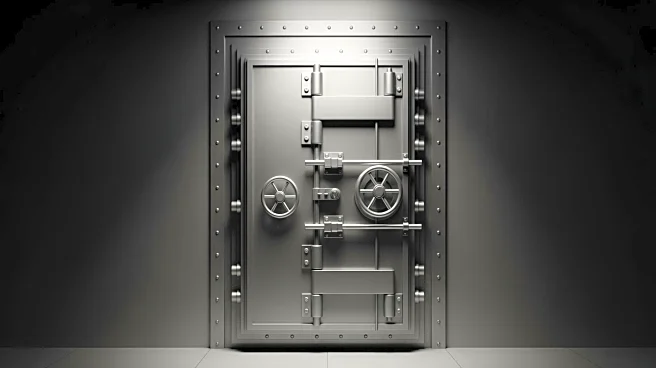What's Happening?
Kelly Reichardt's latest film, 'The Mastermind,' delves into the world of art heists and the pervasive nature of surveillance in modern society. Set in the 1970s, the film follows James Blaine 'JB' Mooney, portrayed by Josh O'Connor, as he plans a heist of four
Arthur Dove paintings from a local museum. Reichardt's film examines the aftermath of the heist, focusing on JB's struggle with mediocrity and his desire for more in life. The film blends comedy and tension, ultimately landing in a state of melancholy. Reichardt discusses the constant surveillance in everyday life and the impact it has on society, contrasting it with the lack of security in museums during the 1970s.
Why It's Important?
The film 'The Mastermind' highlights the growing concern over surveillance and privacy in contemporary society. Reichardt's exploration of these themes is significant as it reflects the increasing presence of cameras and monitoring systems in public and private spaces. This pervasive surveillance raises questions about privacy, security, and the value placed on art and cultural heritage. By setting the film in the 1970s, Reichardt provides a historical perspective on how security measures have evolved, prompting viewers to consider the implications of living in a world where constant monitoring is the norm.
What's Next?
As 'The Mastermind' continues to screen, it may spark discussions about the balance between security and privacy in modern society. The film's portrayal of surveillance could lead to debates on the ethical implications of constant monitoring and its impact on personal freedom. Additionally, the film's reception may influence future projects by Reichardt and other filmmakers, encouraging them to explore similar themes and challenge audience expectations.
Beyond the Headlines
Reichardt's film also touches on the cultural and societal shifts that have occurred over the decades. The contrast between the 1970s and today highlights changes in societal values, particularly regarding privacy and security. The film may encourage viewers to reflect on how these changes have affected their own lives and perceptions of safety and freedom.
